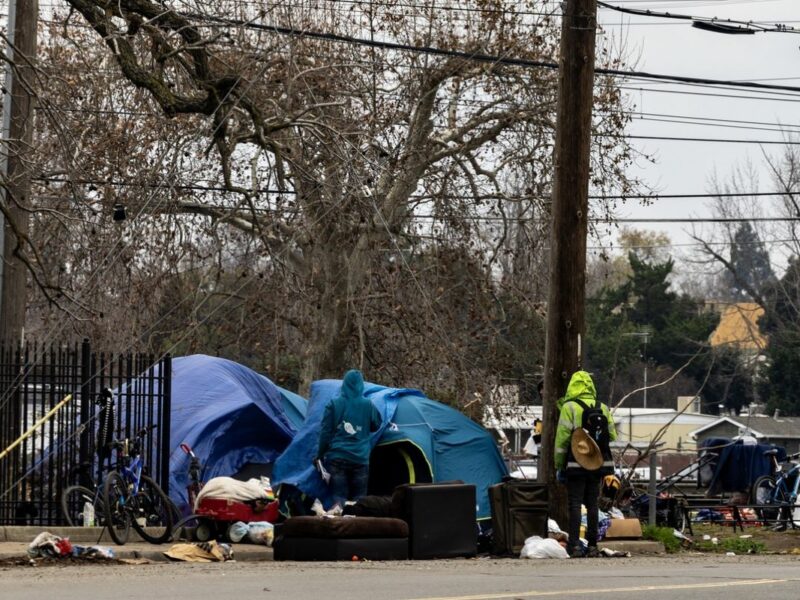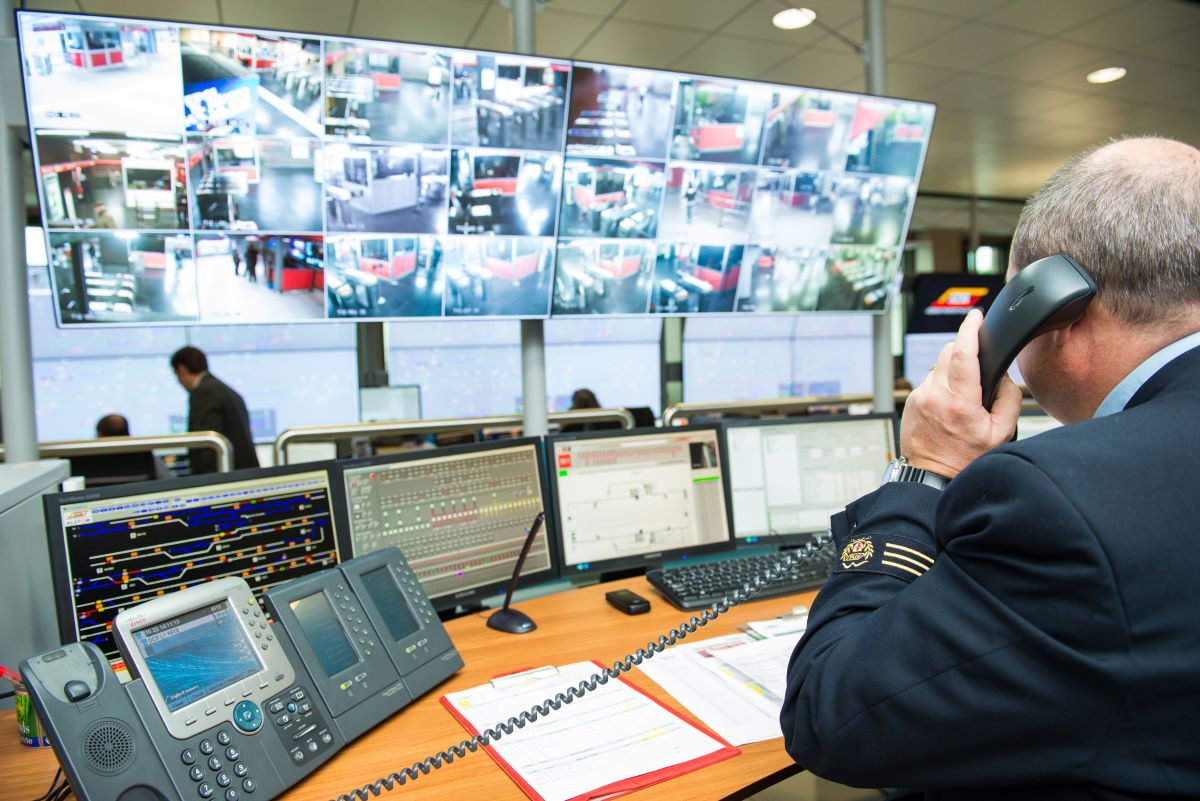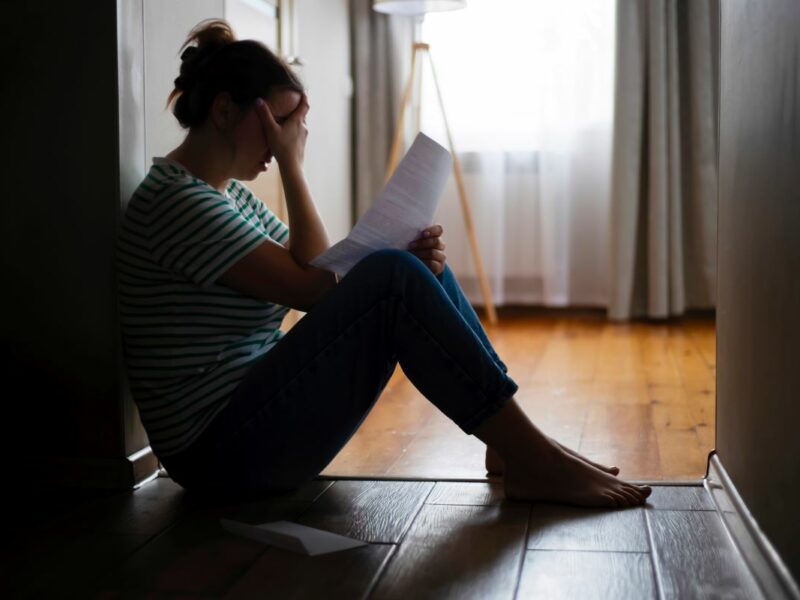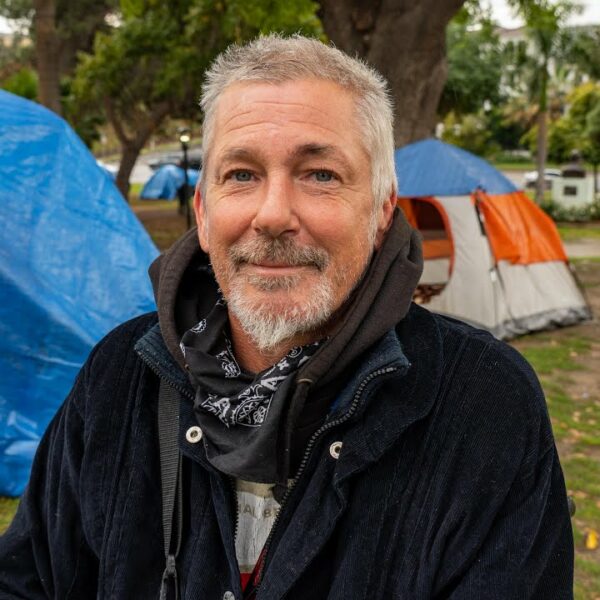Why Aren’t They Safer?
As AI takes over more jobs and public privacy dwindles, we are told this is all for our own good. Surveillance cameras on every corner are helpful, watchful eyes in the sky. They keep us safe, or so we’ve heard.
But then, how is it that homeless people who are surveilled at statistically higher rates are much less safe than housed community members? How are they not being saved from impending danger when so many homeless homicides keep happening with the cameras rolling?
And what does this say about surveillance in a broader sense in society? Was the safety we were promised just as artificial as the software designed to keep running the live stream?
We may need to reexamine this feed.
Homeless People are Monitored and Tracked at the Same Rate as Convicted Criminals
Since the inception of AI, government sources have been keeping a close watch on the homeless population. For example, the Homeless Management Information System (once heavily criticized by housing advocates) contains extensive volumes of personal and sensitive information. It is used to track unhoused community members receiving services of care at pretty much the same rate as convicted criminals.
Some of the information collected includes:
- Name
- Date of birth
- Social security number
- Race
- Ethnicity
- Behavioral health status
- Level of education
- Former and current employment information
- Disability information
- Health and pregnancy status
- Domestic violence history
- Current photos
- A list of the places they frequented during their bout with homelessness and much more
This information is stored in a portal for up to seven years. Houseless people who participate in coordinated entry programs will have all of their private information shared with over a hundred different corporations.
And this is only the beginning of the privacy breach.
Major Cities Set Their Sights (And Cameras) on Homeless People Underground
In 2019, the NYPD came under fire for targeting homeless individuals with more than 100 live feeds hoisted in the city’s subway systems.
At the time, the NYPD Chief of Transit claimed the cameras positioned in the subways would benefit homeless people. However, the added surveillance ultimately led to multiple arrests and citations over “quality of life” ordinance breeches and scattered accusations of homeless people skipping out on subway fares.
The multi-million-dollar endeavor resulted in 64,588 criminal summonses, of which the vast majority were for evading fares in the subways.
In 2021, multiple US-based banking institutions used artificial intelligence to target homeless people in or near their ATMs, particularly unsheltered individuals.
According to Reuters, these financial institutions used the software to seek out people attempting to set up tents or makeshift shelters on the property. They even ushered out an auto-generated audio message requesting the unhoused loiterers immediately leave.
As you can see, the theme here is consistent. AI is used to track, monitor, target, and deter people enduring unsheltered homelessness. Then it is marketed as software that protects them.
Homeless People Are 25x More Likely to Be Victims of Homicide Than their Housed Peers
Homeless homicides are spiking nationwide. The most recent data suggest that members of this marginalized community are now 25x more likely to be murdered than their housed peers.
Tragically, these murders often happen on camera. The roving eye on the camera lens does nothing to prevent these crimes.
Think about it. There is no shortage of haunting YouTube videos featuring blood-thirsty serial killers, clout-seeking gang members, and hostile arsonists taking their anger out on unsheltered individuals, often killing them in the process.
Yet, these perpetrators are not being stopped even with the cameras rolling. Indeed, they’re rarely even caught. In the rare instances when a hate crime against an unhoused American is filmed and the perpetrator is caught, the aggressors are found not guilty and permitted to run free. This is because the surveillance system and the justice system are both working exactly as designed.
Artificial Intelligence is Not About Keeping People Safe. It’s About Keeping People in Line
This much is evidenced in the way it is used to target the homeless population. The cameras are installed so authority figures can use these technological tools to harass, arrest, coerce, and deter our neighbors without walls. They were never installed to protect anyone.
Protecting our neighbors from senseless acts of violence can only be done by fellow human beings answering to a deeper moral code, people like you.
Talk to Your Local Legislators About Reducing Homelessness through Housing
We could be on the brink of yet another recession, and housing and rental prices are through the roof. Given the current climate, it might not be long before those subway cameras targeting the homeless population are turned on you or someone you love.
Please take a moment to talk to your local legislators about the pressing issue of homelessness and the dire need to make housing a fundamental human right.













